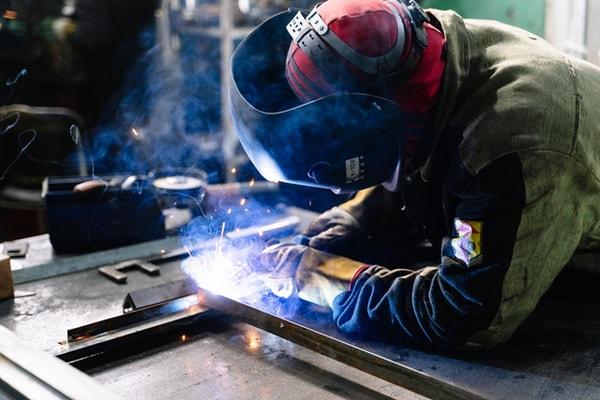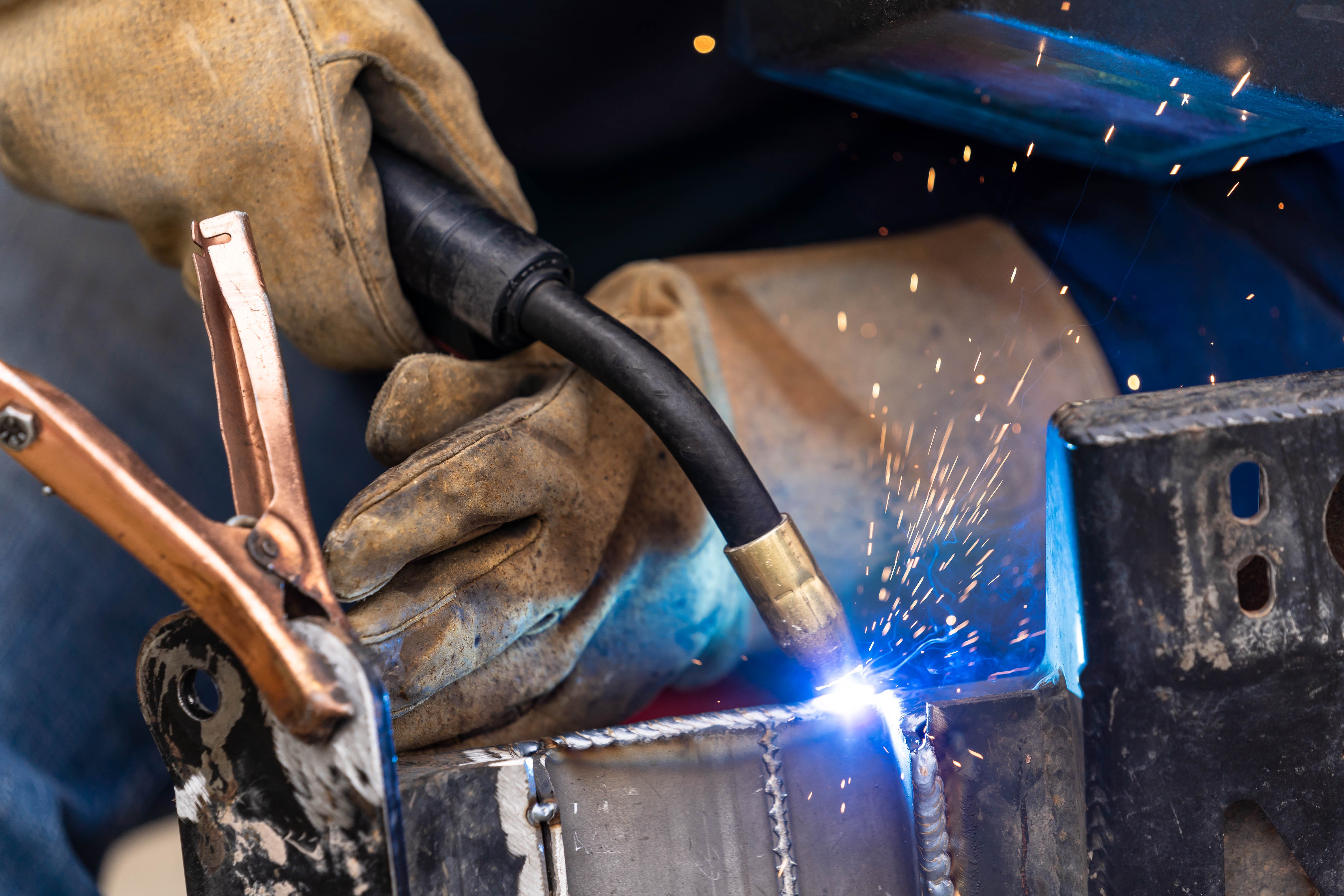Recognizing Welding WPS: Comprehensive Overview for Welders
Recognizing Welding WPS: Comprehensive Overview for Welders
Blog Article
The Ultimate Guide to Welding WPS Procedures: A Thorough Review for Welders
In the intricate globe of welding, Welding Treatment Specs (WPS) work as the foundation of making certain quality, consistency, and safety in welding operations. Comprehending the subtleties of creating, carrying out, and keeping track of WPS procedures is crucial for welders wanting to elevate their craft and satisfy sector standards. As we delve into the various elements of a WPS and discover the details of credentials and certification, we will certainly discover the crucial role these treatments play in the world of welding. Let's begin on a journey to decipher the intricacies and value of WPS procedures in welding methods.
Value of WPS Procedures
Understanding the significance of Welding Treatment Specifications (WPS) procedures is essential for making certain the top quality and stability of welded frameworks. WPS treatments act as a roadmap for welders, detailing the essential actions, criteria, and materials needed to attain a sound weld. By adhering to WPS guidelines, welders can ensure consistency in their work, resulting in dependable and structurally sound welds.
One of the key reasons why WPS treatments are crucial is their role in preserving weld quality and stability. Complying with the defined welding criteria and strategies detailed in the WPS aids prevent flaws such as porosity, cracking, or incomplete blend, which can compromise the toughness and toughness of the weld.

Components of a WPS
A Welding Procedure Requirements (WPS) typically makes up vital parts that detail the details requirements for implementing a weld, ensuring uniformity and top quality in the welding procedure. The key components of a WPS include crucial variables such as base steels, filler metals, preheat and interpass temperatures, welding processes, protecting gases, welding placements, and post-weld warm therapy needs.
Base steels refer to the materials being signed up with, while filler steels are used to load the space in between the base metals during welding. The welding process describes the particular technique to be used, whether it's gas steel arc welding (GMAW), protected steel arc welding (SMAW), or one more technique. Welding placements specify the positionings in which welding can be carried out.

Credentials and Certification
Having established the vital elements of a Welding Treatment Specification (WPS), the focus currently changes in the direction of the critical aspects of qualification and qualification in welding techniques.

Accreditation, on the various other hand, is the formal acknowledgment of a welder's certifications by a pertinent accreditation body or company. Welding certifications are commonly based on the certain welding processes, materials, and positions a welder is qualified to function with. Holding a legitimate try this welding qualification shows that a welder fulfills sector criteria and is proficient to carry out welding jobs to the required specs.
Producing a WPS
To develop a Welding Procedure Specification (WPS) that meets sector requirements, careful consideration of welding processes, materials, and operational criteria is vital (welding WPS). The initial step in creating a WPS is to determine the welding procedure to be utilized, such as gas metal arc welding (GMAW) or shielded metal arc welding (SMAW) As soon as the welding process is established, the following vital element is selecting the appropriate products, considering elements like base steel type, thickness, and joint design. Functional criteria such as welding present, voltage, traveling rate, and protecting gas composition must likewise be meticulously defined in the WPS.

Carrying Out and Monitoring WPS
Upon completing the comprehensive Welding Procedure Spec (WPS) that thoroughly information welding processes, materials, functional parameters, and high quality guarantee procedures, the focus shifts to effectively executing and keeping an eye on the well established procedures. Application entails making certain that all welders associated with the job are familiar with the WPS and follow it meticulously during the welding procedure. This needs supplying appropriate training and supervision to assure adherence to the defined treatments. Keeping an eye on the WPS involves continuous oversight to validate that welding visit this website activities align with the recorded specs. Inspections, testing, and quality assurance procedures are important parts of the monitoring procedure to identify any kind of concerns or discrepancies without delay. Routine audits and evaluations of the welding treatments assist in keeping consistency and high quality throughout the project. Efficient execution and surveillance of the WPS are critical for ensuring the integrity, toughness, and security of the bonded joints, ultimately adding to the general success of the welding job.
Verdict
In conclusion, understanding and complying with Welding Treatment Specs (WPS) is crucial for welders to make sure top quality, consistency, and site web safety in their job. By understanding the elements of a WPS, obtaining correct qualifications and accreditations, developing in-depth treatments, and implementing and monitoring them properly, welders can boost their skills and efficiency in welding techniques. Sticking to WPS procedures is crucial for producing high-grade welds and conference sector standards.
In the complex globe of welding, Welding Treatment Specs (WPS) serve as the backbone of ensuring high quality, uniformity, and safety and security in welding procedures. The welding procedure lays out the certain method to be used, whether it's gas steel arc welding (GMAW), secured steel arc welding (SMAW), or another approach.To establish a Welding Procedure Requirements (WPS) that fulfills industry requirements, cautious consideration of welding processes, products, and operational criteria is vital. The very first action in producing a WPS is to recognize the welding procedure to be utilized, such as gas steel arc welding (GMAW) or shielded steel arc welding (SMAW)Upon settling the detailed Welding Treatment Spec (WPS) that thoroughly information welding procedures, products, operational criteria, and high quality assurance procedures, the focus shifts to effectively carrying out and keeping an eye on the well-known treatments.
Report this page